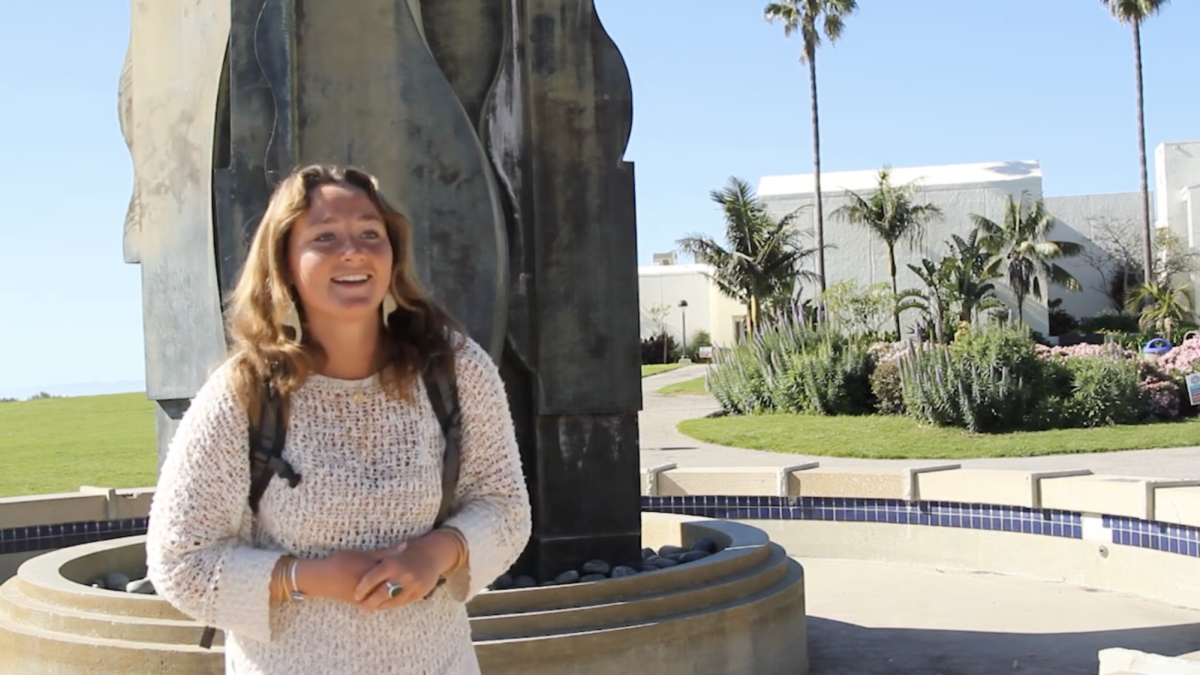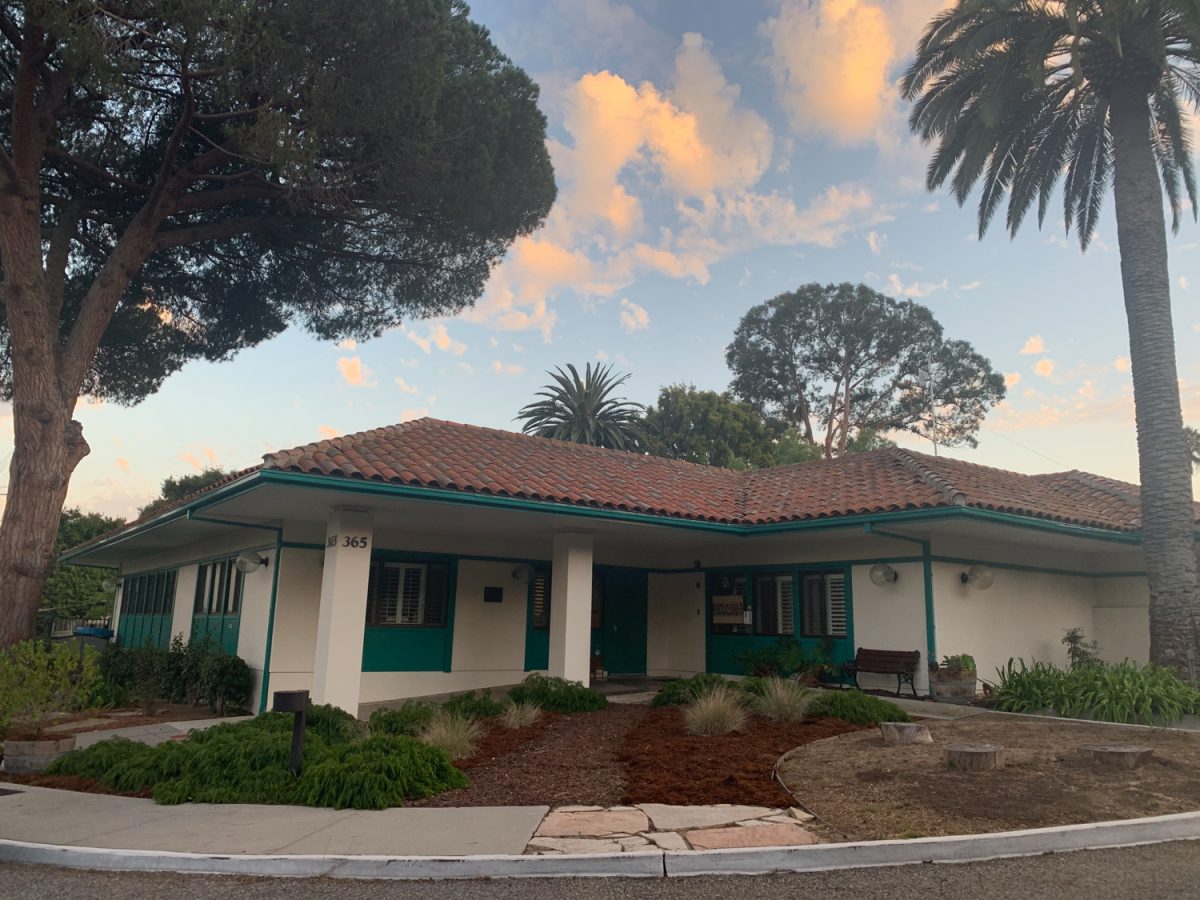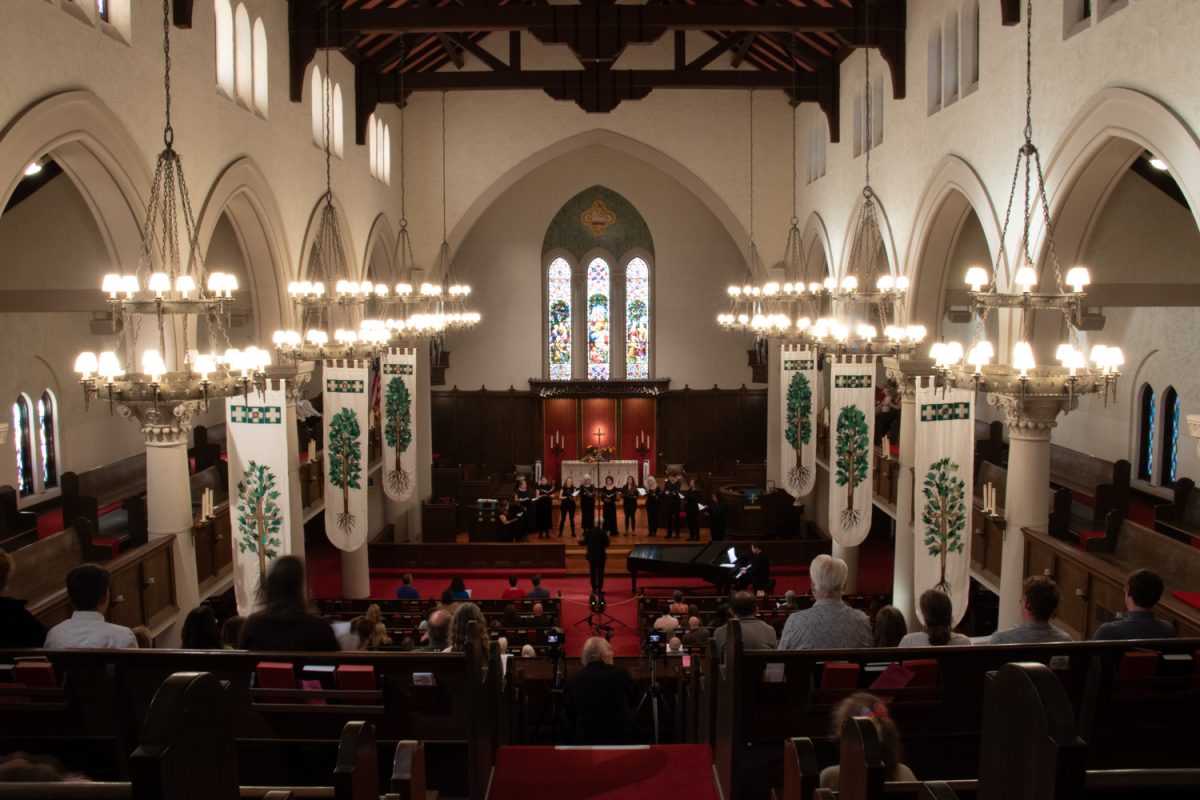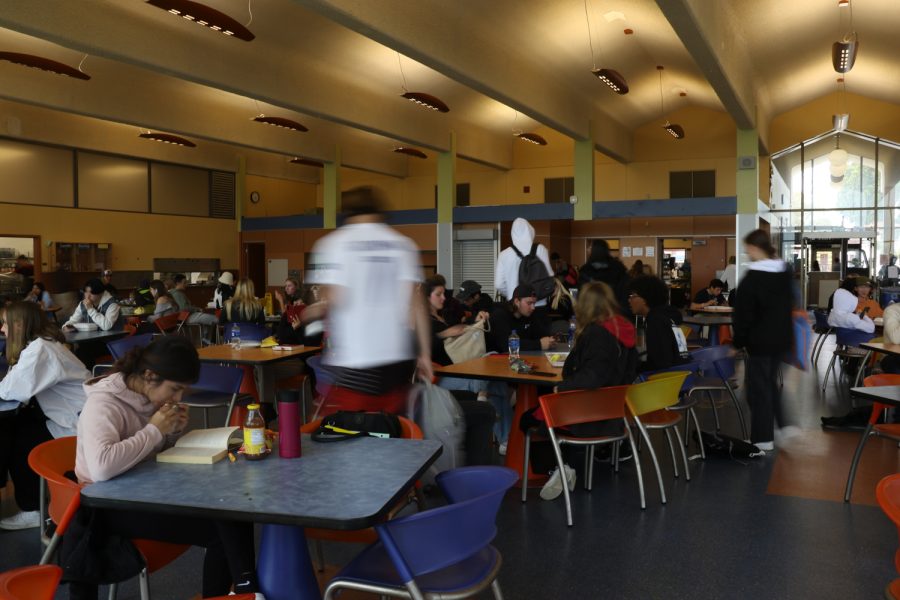At first glance, Emergency Medical Technician Daniel Nickels, 21, seems like any other student at City College. He takes 16 units, works part time, and plays guitar in his rock band ‘The District.’
But Nickels also took two-and-a-half weeks off from all of this to volunteer for the Red Cross, using his EMT knowledge to help the victims of Hurricane Katrina in the Gulf Coast region. His stories tell of the destructive aftermath, but Nickels brought skill and compassion to his medical work, always choosing to focus on the positive.
Nickels heard about the Red Cross opportunity from his boss Rob Thomas, 32, a fellow EMT. “I was like ‘oh wow, that would be a great experience’ . . . the next day, we signed up,” Nichels said.
One week later, on Sept. 12, Nickels and Thomas flew to Montgomery, Alabama to await their assigned shelter location.
The Red Cross deployed them to Hattiesburg, Mississippi, and immediately their hard work began. “As soon as we get there, they send us straight to the shelter,” said Nickels. “We probably worked 15-hour days, every day.” Nickels and Thomas also worked at a shelter in Baton Rouge, Louisiana, where they looked after up to 3,500 people in a single night.
Thomas was impressed with the professional but gentle approach that Nickels brought to his grueling work. “I saw him many times holding people’s hands as they talked about their loss,” said Thomas. “He’s trying to get into the nursing program at City College . . . all [those] nursing qualities, I got to see in him.”
The stories of loss that Nickels heard from patients still linger in his mind. While driving near Gulfport, Mississippi, Nichels picked up a man from a houseless porch who was sweating profusely.
“He said he’d found his neighbor’s two little twin girls underneath a door, holding hands, dead. His other neighbor had tied himself to a tree and tired to ride out the storm, and all of his skin was ripped from his body.” Nickels helped get the man from his porch to a hospital. “He’d lost his family too,” Nickels added. The man died the next day.
While his EMT skills could not save that man, there were other instances when Nickels provided crucial assistance to Gulf Coast residents. On another trip to the Gulfport area, he and a nurse notice “this guy was sitting outside, having a heart attack.” Acting quickly, they were able to deliver him to a hospital in time to save his life. “If we hadn’t seen him, he would have died for sure,” said Nickels.
He also recalls helping many patients get their much-needed insulin shot. The most common medical problem he witnessed was “people going into diabetic shock, because after the storm . . . where are they going to get their insulin?”
Nickels was shocked when he actually saw the effects of Hurricane Katrina first hand. Speaking of the destruction shown in the media, he emphasized that “it’s nothing compared to what you see [being down there]. Nothing.”
He was equally surprised when he visited New Orleans and saw that “[it] didn’t get hit nearly as bad as Gulfport, Mississippi.” In his view, the wind damage in Gulfport was “way more destructive” than the water damage in New Orleans. In the photos Nickels took near Gulfport, buildings were reduced to rubble-strewn foundations. “Every inch is like this,” he said.
Nickels found that the only way to do his EMT work well was “to keep a positive attitude, because this stuff can really get to you.” He credits Thomas with helping him to keep upbeat, and smiles while telling stories about delivering newborn puppies and giving a lonely woman a hug.
“You have to imagine,” Nickels said speaking of the Gulf Coast region and its people, “it’s going to be rebuilt in a certain number of years, and their lives will move on. It just takes time.”







